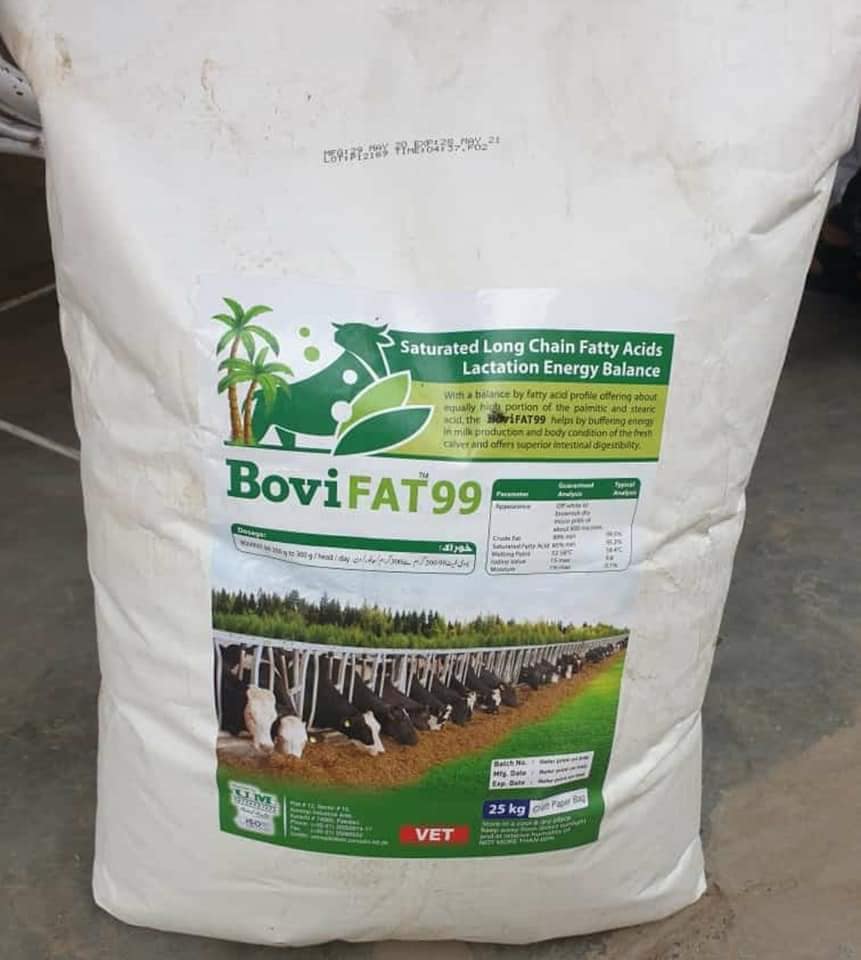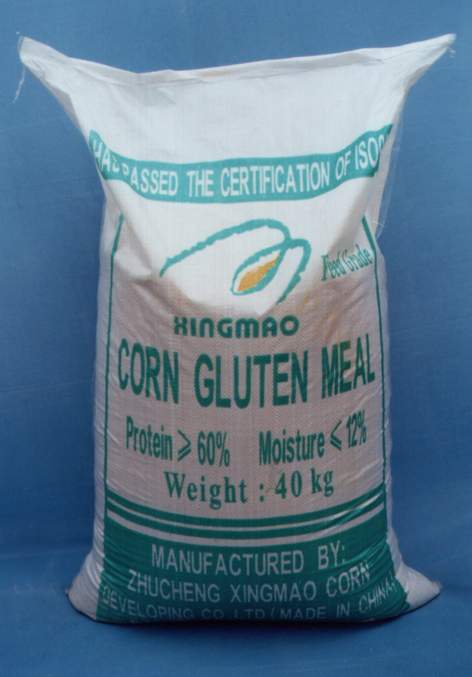Products At 
Amino Acids

Lysine Sulphate
l‐lysine sulfate is considered as an efficacious source of the essential amino acid l‐lysine for non‐ruminant animal species.
Call Us

DL-Methionine
Methionine is a sulfur-containing amino acid that is butyric acid bearing an amino substituent at position 2 and a methylthio substituent at position 4.
Call Us
Choline Chloride
Choline chloride is an organic compound with the formula [(CH3)3NCH2CH2OH]Cl. It is bifunctional, containing both quaternary ammonium salt and an alcohol.
Call Us
L-Threonine
L-Threonine is an essential amino acid that helps to maintain the proper protein balance in the body.
Call Us
L-isolucine
L-isoleucine is the L-enantiomer of isoleucine. It has a role as a Saccharomyces cerevisiae metabolite.
Call Us
L-Valine
L-valine is a branched-chain essential amino acid (BCAA) that has stimulant activity. It promotes muscle growth and tissue repair.
Call Us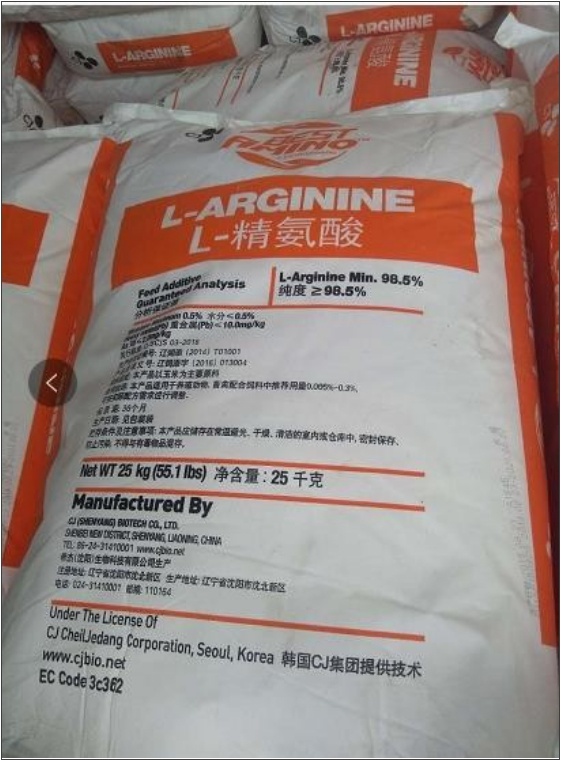
L-Arginine
L-arginine is an amino acid that helps the body build protein. Your body usually makes all the L-arginine it needs.
Call Us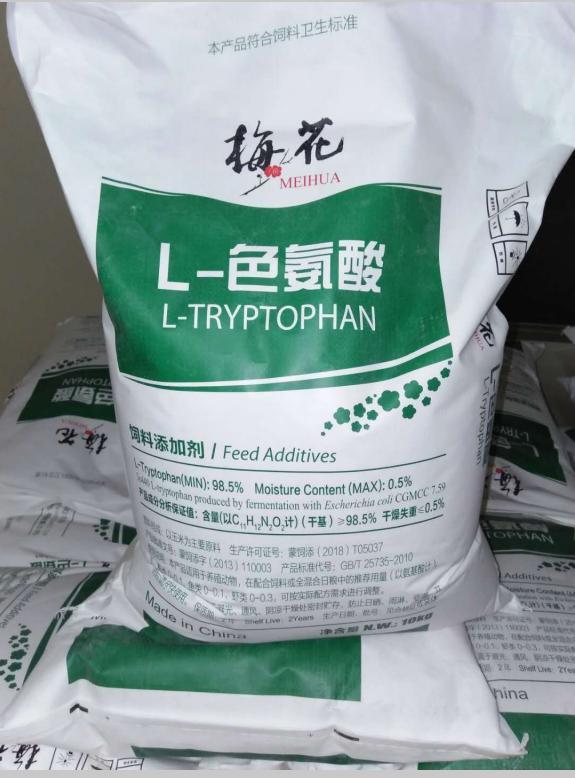
Vitamins

Vitamin – A
The two main forms of vitamin A in the human diet are preformed vitamin A (retinol, retinyl esters), and provitamin A carotenoids.
Call Us
Vitamin – B1
Thiamine, also known as thiamin and vitamin B₁, is a vitamin, an essential micronutrient, which cannot be made in the body.
Call Us
Vitamin B2
Riboflavin, also known as vitamin B₂, is a vitamin found in food and sold as a dietary supplement.
Call Us
Vitamin – B6
Vitamin B₆ is one of the B vitamins, and thus an essential nutrient. The term refers to a group of six chemically similar compounds
Call Us
Vitamin – B12
Vitamin B₁₂, also known as cobalamin, is a water-soluble vitamin involved in metabolism. It is one of eight B vitamins.
Call Us
Vitamin – B3 (Niacin)
Niacin, also known as nicotinic acid, is an organic compound and a form of vitamin B₃, an essential human nutrient.
Call Us
Vitamin – B5 (Cal D Panthonate)
Pantothenic acid helps the body utilize carbohydrates, proteins, and lipids. It is also important for maintaining healthy skin.
Call Us
Vitamin – H2 (Biotin)
Biotin is hexahydro-2-oxo-1H-thieno(3,4-d)imidazole-4-pentanoic acid. Growth factor present in minute amounts in every living cell.
Call Us
Vitamin – K3
Menadione is a natural organic compound with the formula C₆H₄(CO)₂C₂H. It is an analog of 1,4-naphthoquinone with a methyl group in the 2-position.
Call Us
Vitamin – E 50
This vitamin is soluble in fat which can be found in a variety of sources in nature. Has antioxidant properties and contributes to the immune system.
Call Us
Vitamin – D3
Vitamin D is a group of fat-soluble secosteroids responsible for increasing intestinal absorption of calcium, magnesium, and phosphate, and many other biological effects.
Call Us
Vitamin C
Vitamin C is a water-soluble vitamin found in citrus and other fruits and vegetables, and also sold as a dietary supplement. It is used to prevent and treat scurvy.
Call Us
Folic Acid
Folate and folic acid are forms of vitamin B9 used for deficiency and to prevent pregnancy complications.
Call UsMinerals
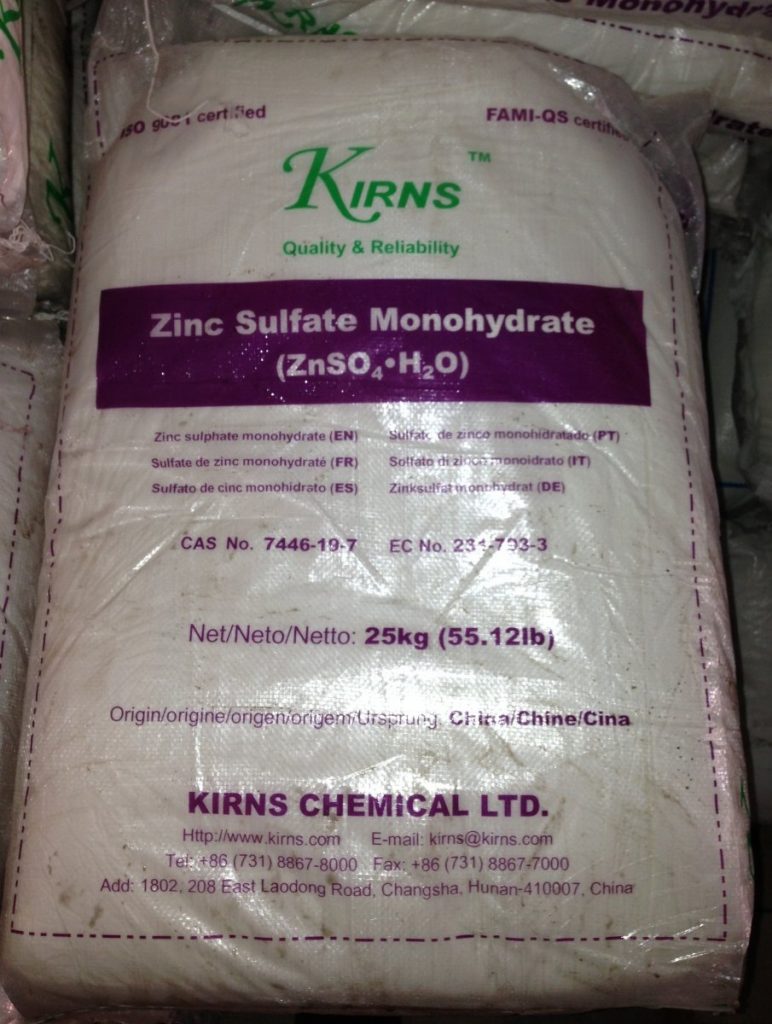
Zinc Sulphate
Zinc sulfate is used medically as a dietary supplement. Specifically it is used to treat zinc deficiency and to prevent the condition in those at high risk.
Call Us
Copper Sulphate
Copper sulfate is an inorganic compound that combines sulfur with copper. It can kill bacteria, algae, roots, plants, snails, and fungi.
Call Us
Manganese Sulphate
Manganese(II) sulfate usually refers to the inorganic compound with the formula MnSO4·H2O.
Call Us
Ferrous Sulphate
Ferrous sulfate (or sulphate) is a medicine used to treat and prevent iron deficiency anaemia. Iron helps the body to make healthy red blood cells, which carry oxygen around the body.
Call Us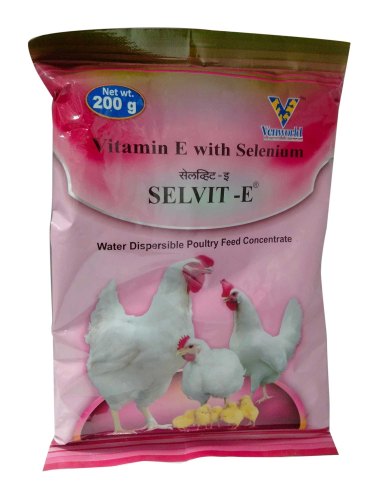
Selenium
Many whole grains and dairy products, including milk and yogurt, are good sources of selenium.
Call UsPhosphates
Premixes
Coccidiostats
Animal Growth Promoters (AGPs)

ZB (Zinc Bacitracin)
Chickens fed with zinc bacitracin (ZB) had a higher frequency of tibial dyschondroplasia (TD) and a higher frequency of dustbathing than chickens fed.
Call Us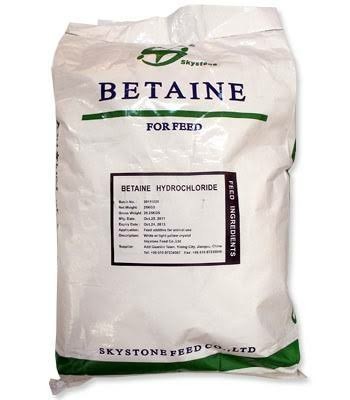
Betain HCL
Betaine is found naturally in the body. Betaine hydrochloride is a man-made form of betaine previously used as a source of hydrochloric acid.
Call UsEnzymes
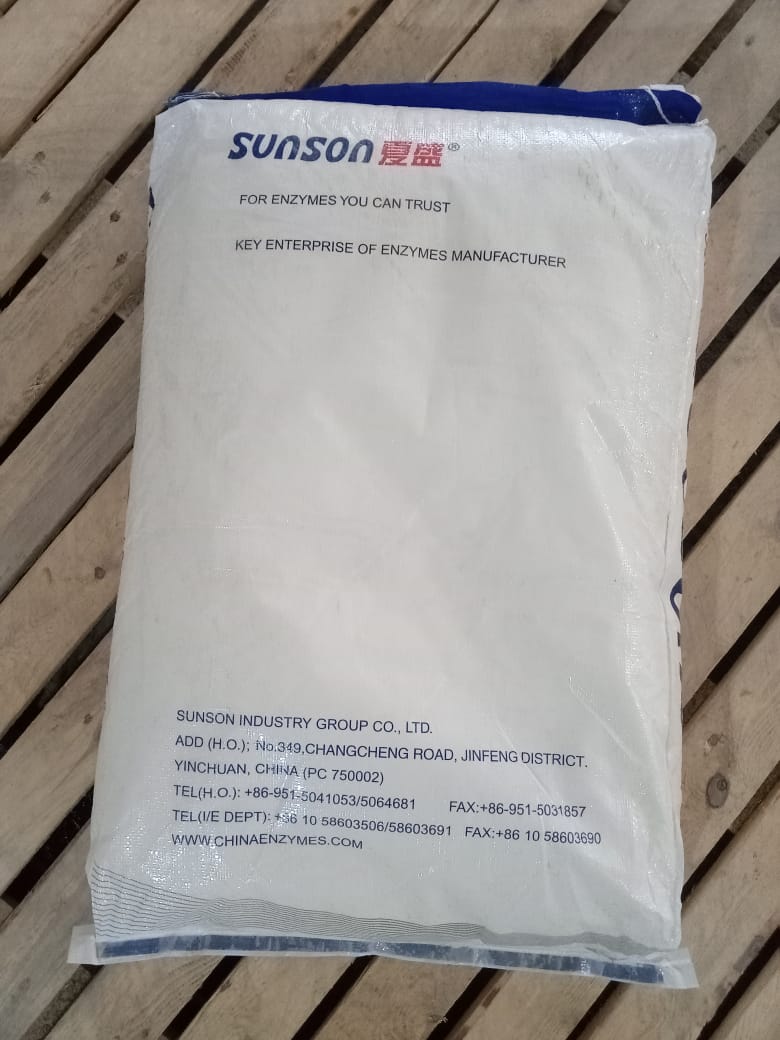
Phytase
Phytase is a natural chemical found in animals, plants, and microbes like bacteria. It helps to break down another chemical called phytic acid.
Call Us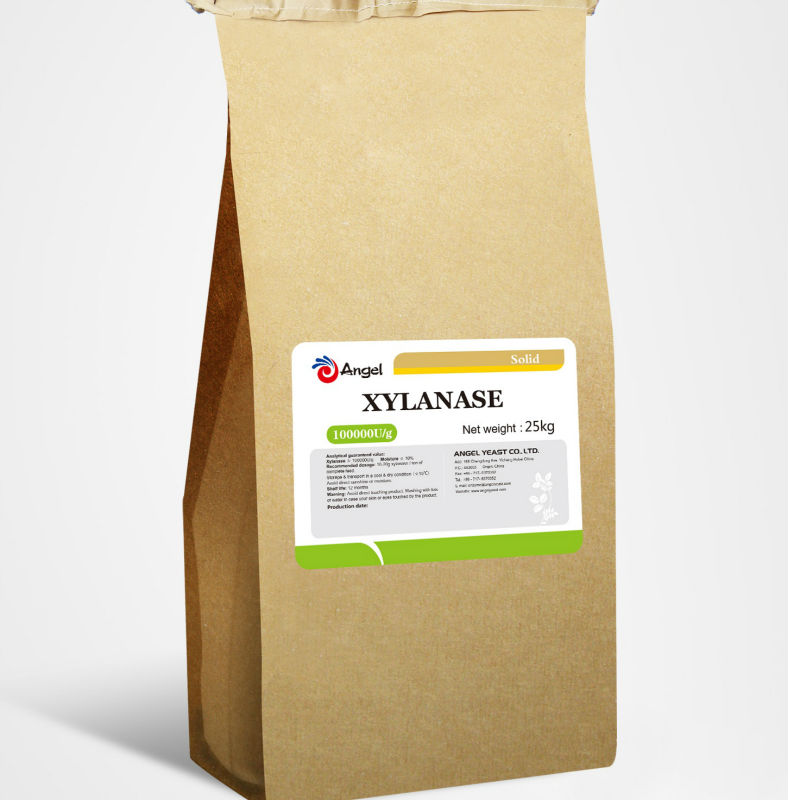
Xylanase
Xylanases are hydrolases depolymerizing the plant cell component xylan, the second most abundant polysaccharide.
Call Us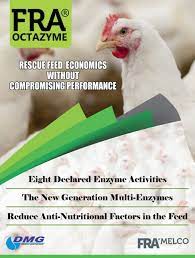
Octazyme
The product FRA® Octazyme C Dry contains eight enzymes and is intended to be used as a zootechnical additive for chickens for fattening.
Call UsAnti-Biotics
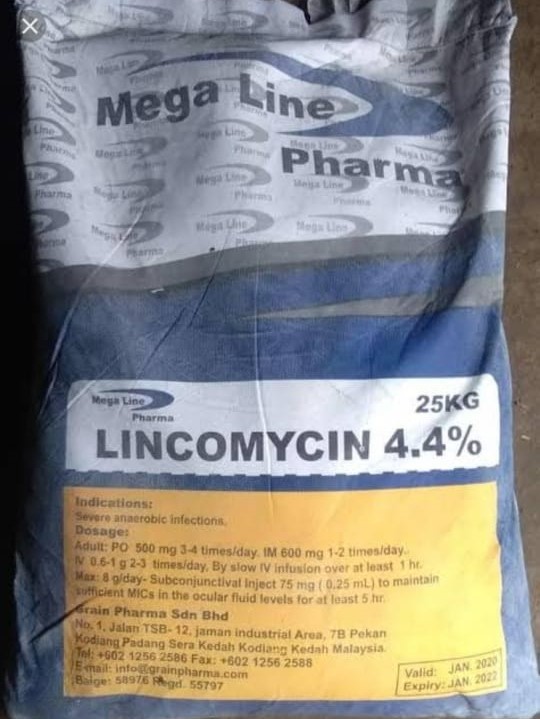
Lincomycine
Lincomycin is a lincosamide antibiotic that comes from the actinomycete Streptomyces lincolnensis. A related compound, clindamycin, is derived from lincomycin.
Call Us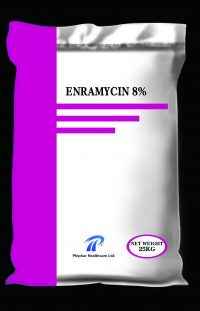
Enramycine
Enramycin is a polypeptide antibiotic produced by Streptomyces fungicidus. Enramycin is widely used as a feed additive for pigs and chickens to prevent necrotic enteritis induced by Gram-positive gut pathogens.
Call Us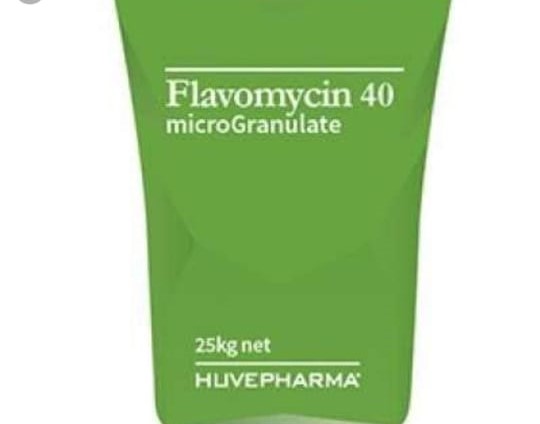
Flavomycine
Flavomycin® is a microflora manager consisting of a granular fermentation product of Streptomyces ghanaensis.
Call UsBypass Fat
Gluten
Meals

Soyabean Meal
Soybean meal is the most important protein source used to feed farm animals. It represents two-thirds of the total world output of protein feedstuffs.
Call Us
Canola Meal
Canola Meal is a brown, free-flowing meal obtained from the extraction and grinding of canola seeds.
Call Us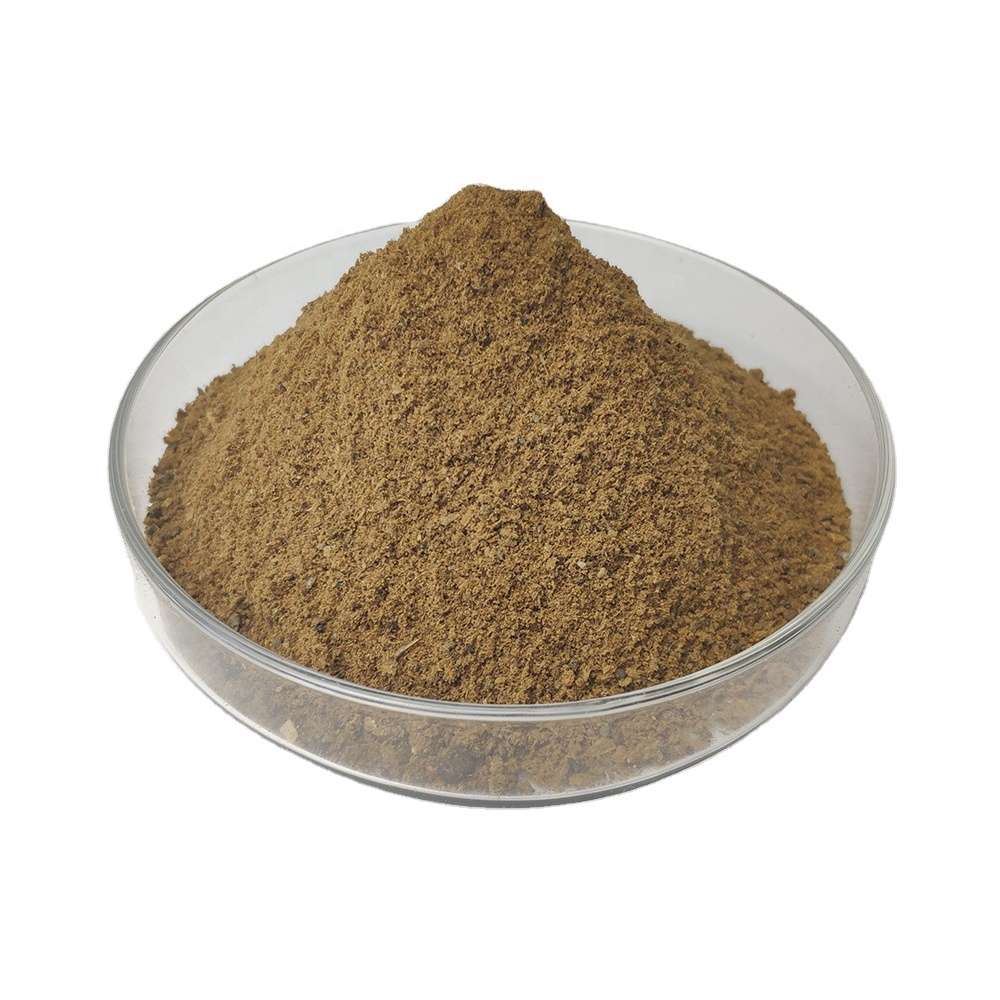
Guar Meal
Guar meal is the by-product of guar gum industry consisting of guar germ material.
Call Us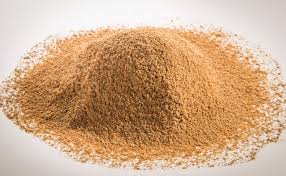
Poultry Meal
Poultry meal consists of the milled, rendered, and cleaned parts of the carcasses of slaughtered poultry.
Call Us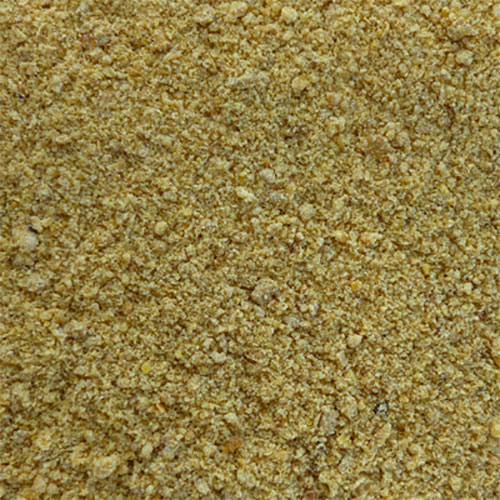
Sunflower Meal
Sunflower meal is the by-product of the extraction of oil from sunflower seeds. In terms of production.
Call Us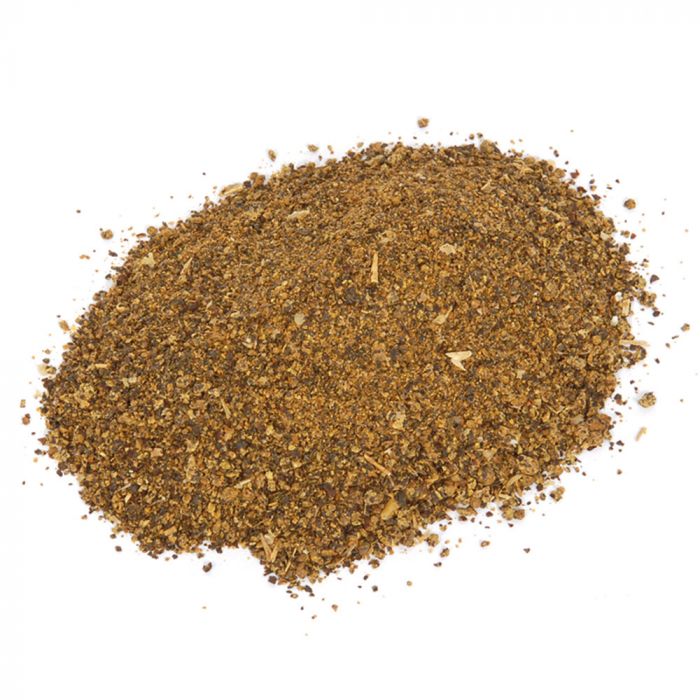
Rapeseed Meal
Rapeseed meal, called canola meal in North America, Australia and some other countries.
Call Us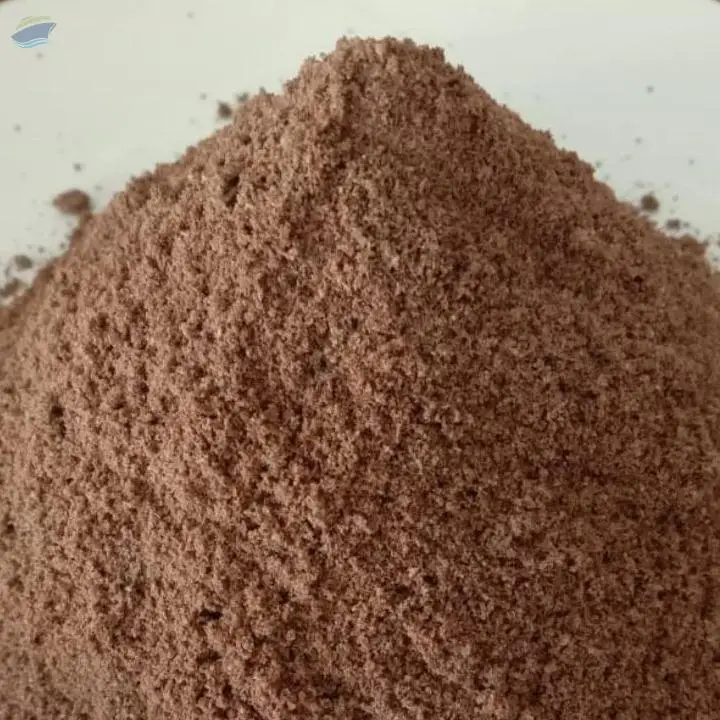
Palm Kernal Cake
The inclusion of PKC on poultry diet are limited due to some nutritional problems such as anti-nutritional properties.
Call UsGrains

Maize (Corn)
Maize also known as corn is a cereal grain first domesticated by indigenous peoples in southern Mexico about 10,000 years ago.
Call Us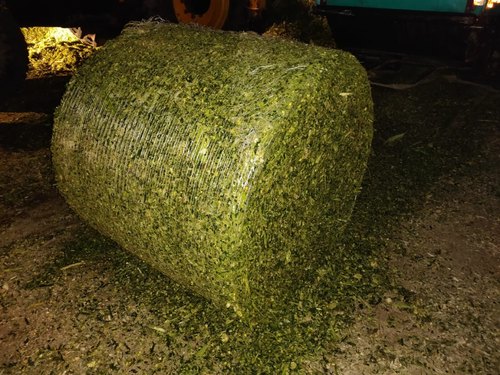
Sailage
Small grain silage from cereal rye, triticale, barley, wheat, and oats can provide a high quality forage source.
Call Us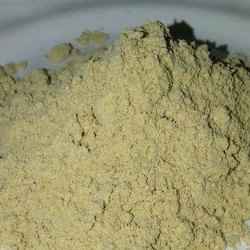
Rice Polish
Rice polish is a by-product of rice obtained in the milling operation of brushing the grain to polish the kernel. Nutritive value.
Call Us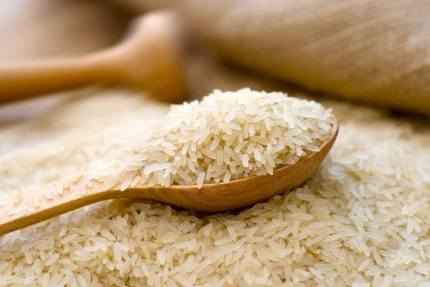
Rice Tips (Nakku)
Broken rice is fragments of rice grains, broken in the field, during drying, during transport, or during milling.
Call Us









